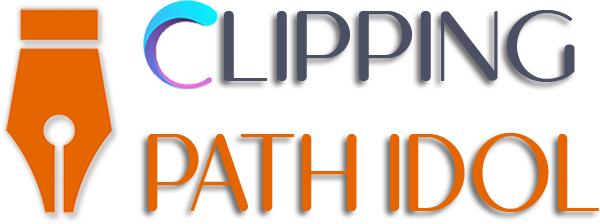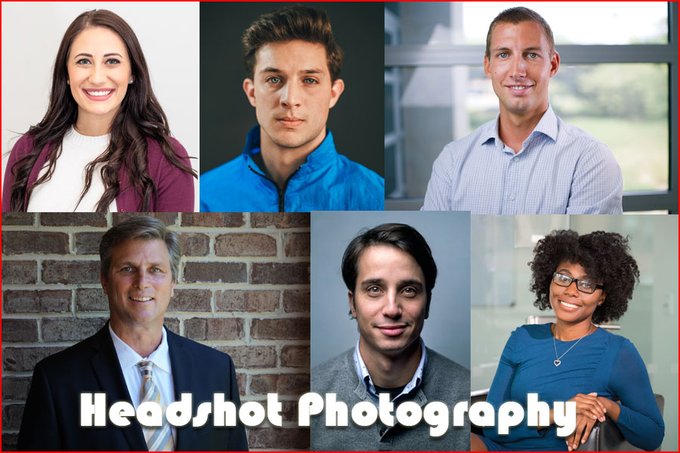Headshot photography creates high-quality photos of a person’s face. A great headshot is more than just a simple photograph—it’s a powerful tool for personal branding, corporate profiles, acting portfolios, and social media presence. Whether you’re a professional photographer or someone looking to capture the perfect headshot, understanding the right techniques can make a significant difference.
In this guide, we’ll explore essential headshot photography tips to help you create stunning, high-quality portraits.
Choose the Right Background
The background plays a crucial role in highlighting the subject without distractions. Opt for neutral colors, simple textures, or blurred backgrounds to keep the focus on the person’s face. Popular choices include:
- Studio backdrops – Solid colors like white, gray, or black work well for corporate headshots.
- Outdoor settings – Natural light can create a soft and flattering effect, but ensure the background doesn’t overpower the subject.
- Office environments – If capturing a business headshot, consider a subtle background that complements the subject’s profession.
Master the Lighting Techniques of Headshot Photography
Lighting is one of the most critical aspects of headshot photography. The right lighting setup can define facial features and create depth. Consider the following:
- Natural light – Use soft, indirect sunlight for a natural and warm look. A window with diffused light works best.
- Studio lighting – A three-point lighting setup (key light, fill light, and backlight) can enhance facial structure and reduce shadows.
- Reflectors and diffusers – These tools help balance shadows and create even lighting across the face.
Choose the Right Camera Settings
To achieve sharp and professional-looking headshots, use the proper camera settings:
- Aperture – A wide aperture (f/2.8–f/5.6) blurs the background while keeping the subject in sharp focus.
- Shutter Speed – Set the shutter speed to at least 1/200 to avoid motion blur.
- ISO – Keep the ISO as low as possible (100–400) to maintain image quality and reduce noise.
- Lens Choice – A prime lens, such as an 85mm or 50mm, is ideal for headshots as it minimizes distortion and provides a flattering perspective.
Guide Your Subject for Natural Expressions
A great headshot captures personality, confidence, and approachability. Help your subject feel comfortable with these techniques:
- Give clear directions – Guide them on posture, angles, and facial expressions.
- Engage in conversation – Create a relaxed atmosphere to bring out genuine expressions.
- Use subtle prompts – Ask them to think of a happy memory or slightly change their head position for a more natural look.
Focus on Composition and Framing
Proper composition ensures a balanced and visually appealing headshot. Follow these tips:
- Rule of thirds – Position the subject’s eyes along the top third of the frame for an engaging composition.
- Headroom – Leave some space above the head but avoid excessive empty space.
- Shoulder angle – A slight turn of the shoulders adds dimension and avoids a stiff appearance.
Enhance Images with Post-Processing
Editing is key in refining headshots and giving them a professional finish. Use photo editing software like Adobe Lightroom or Photoshop to:
- Adjust brightness and contrast for a well-exposed look.
- Remove blemishes and skin imperfections for a polished finish.
- Enhance eyes and facial features to add vibrancy.
- Maintain a natural skin tone by avoiding excessive retouching.
Dress and Grooming Tips for a Professional Look
The subject’s outfit and grooming can make or break a headshot. Offer these styling tips:
- Solid colors work best – Avoid loud patterns that distract from the face.
- Neat and professional hairstyles – Ensure hair is well-groomed and does not cover the face.
- Minimal accessories – Keep jewelry and other accessories simple to maintain focus on facial expressions.
- Matte makeup – Avoid shiny or glossy makeup, as it can create reflections under bright lights.
Capture Multiple Shots for Variety
Taking multiple shots from different angles and expressions gives your subject options to choose from. Experiment with:
- Different head tilts and eye contact directions.
- Varying smiles from subtle to broad.
- Alternative backgrounds and lighting setups.
Communicate with Your Subject for Best Results
Establishing a good rapport with your subject ensures they feel comfortable and confident in front of the camera. Encourage feedback, show them sample shots, and adjust poses to achieve the best results.
Invest in Quality Gear for Professional Results
While technique matters most, having the right equipment can enhance your headshot photography:
- A full-frame camera for superior image quality.
- A prime lens (85mm or 50mm) for flattering portraits.
- A tripod for stability and consistency.
- Lighting equipment for controlled illumination.
Final Thoughts
Mastering headshot photography requires attention to detail, the right techniques, and good communication with your subject. By applying these expert tips, you’ll be able to create compelling, high-quality headshots that leave a lasting impression. Whether for professional branding, acting portfolios, or social media, a great headshot can make all the difference.
Now, grab your camera, apply these techniques, and start capturing stunning headshots!


